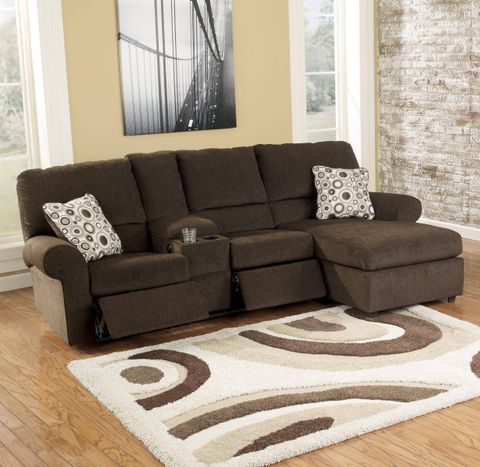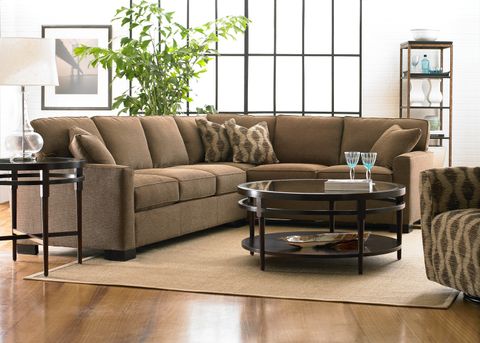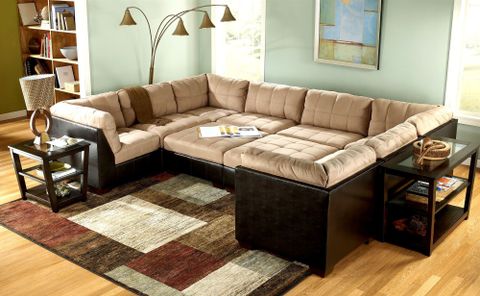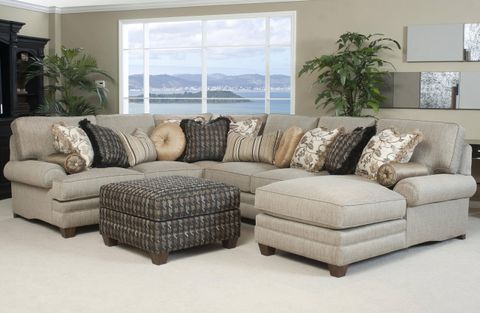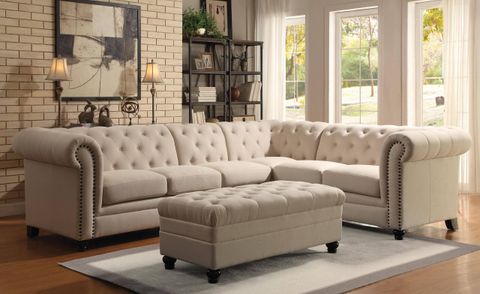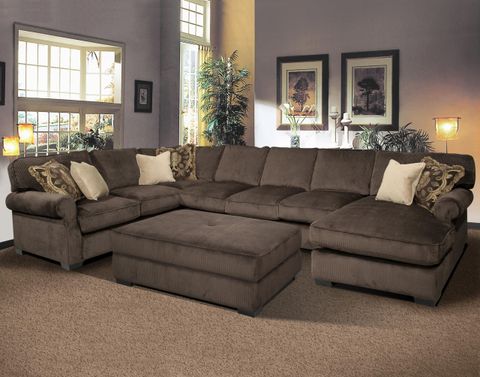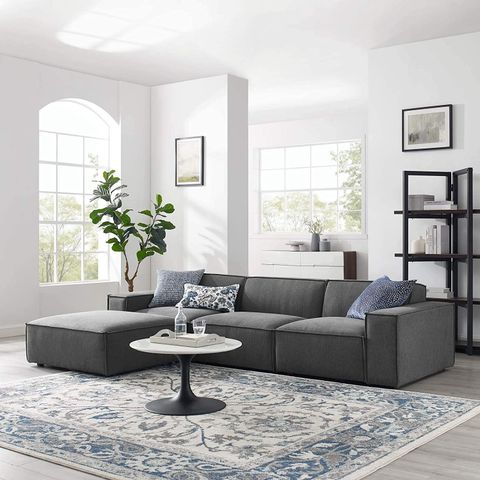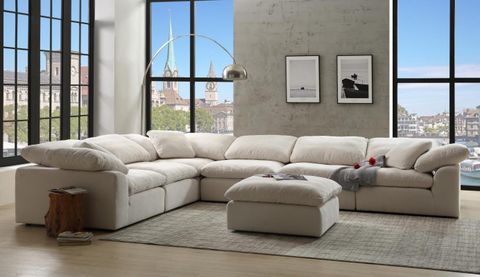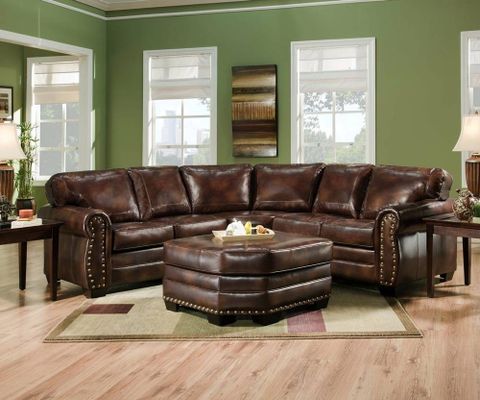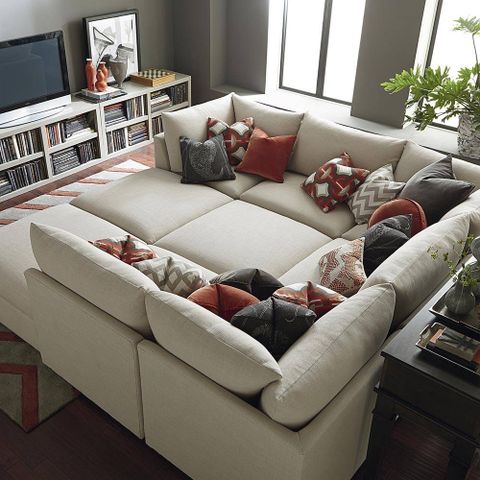We all love sinking into a plush sofa after a long day, don’t we? That feeling of pure relaxation is something we crave. But have you ever stopped to wonder what actually makes a sofa or sectional so inviting and supportive, not just today, but for years down the line? It’s not magic, it’s smart construction. Let’s pull back the upholstery and explore the inner workings of furniture designed for lasting comfort.
When you’re shopping for a new sofa or sectional, it’s easy to get caught up in the color, the style, and how soft the fabric feels. And sure, those things are important. But the real secret to long-term comfort and durability lies hidden beneath the surface. Think of it like building a house – a beautiful facade is nice, but a strong foundation and well-built frame are what make it stand the test of time. The same applies to your favorite place to lounge. Understanding the construction can save you from future aches and pains, and keep your furniture looking and feeling great for ages. So, let’s get a little technical, but in a way that makes perfect sense.
The Unseen Backbone: Frame Materials and Construction
The frame is the skeleton of your sofa, and its quality dictates everything else. A sturdy frame prevents wobbling, creaking, and eventual sagging.
Hardwood is King (Usually)
High-quality frames are typically crafted from kiln-dried hardwood, like oak, maple, or ash. Why kiln-dried? It removes moisture, making the wood less prone to warping or cracking. Avoid frames made from particleboard, plastic, or softwoods like pine, as these are much less robust and can deteriorate quickly.
Joinery Matters
How are these frame pieces put together? Look for frames that are screwed together and reinforced with corner blocks and dowels. This interlocking system provides superior strength and stability. Glued and stapled frames, while common in budget options, are generally less durable. Think of it as the difference between a meticulously built piece of furniture and something that’s just quickly assembled.
- Best: Kiln-dried hardwood, screwed, doweled, and corner-blocked.
- Good: Kiln-dried hardwood, glued and screwed.
- Avoid: Particleboard, plastic, or unseasoned softwood frames.
The Support System: Springs and Suspension
This is where a lot of the magic for comfort happens. The springs, or suspension system, bear the brunt of the weight and are crucial for that buoyant, supportive feel.
Eight-Way Hand-Tied Springs
This is the gold standard. Each spring is tied to its neighbors in eight directions using strong twine. This distributes weight evenly, prevents the springs from shifting, and offers a consistently comfortable and supportive seat. It’s a labor-intensive process, which is why you find it in higher-end pieces.
Sinuous Springs (No-Sag Springs)
These are S-shaped metal coils running from front to back. They provide good support and are more affordable than hand-tied springs. When installed correctly, with adequate support underneath and proper spacing, they can offer excellent comfort and durability. However, if they’re too widely spaced or made of thin metal, they can sag over time.
Webbing
Less common for the primary seating support in quality sofas, webbing is often used in the back cushions or in conjunction with springs. It’s a strong, interwoven fabric strip. While it can offer some support, it’s generally not as robust as a good spring system for the main seating area.
- Top Tier: Eight-way hand-tied.
- Solid Choice: Well-installed sinuous springs.
- Consider: Webbing might be a secondary support, but not ideal as the sole seating suspension.
The Cushy Core: Cushion Filling and Construction
What’s inside your cushions directly impacts how they feel and how long they maintain their shape. This is where personal preference really comes into play, but quality construction is key for any filling.
Foam, Foam, Glorious Foam
High-density foam is a popular choice for a firm, consistent feel. The higher the density, the more durable and resilient the foam will be. It won’t easily flatten out. For a softer feel, some cushions might have a foam core wrapped in a layer of down or polyester fiber. This gives you that sink-in sensation with some underlying support.
Down and Feather Inserts
For ultimate luxury and a plush, sinkable feel, down and feather cushions are hard to beat. However, they require regular fluffing and can be more prone to losing their shape if not constructed well. Often, the best down cushions have a foam core to provide structure and prevent them from becoming too flat too quickly. This blend offers the best of both worlds.
Fiberfill (Polyester)
This is a more budget-friendly option. While it can feel soft initially, fiberfill tends to compress and flatten over time, requiring frequent reshaping. It’s not the most durable option for long-term, consistent comfort.
- Durable & Supportive: High-density foam.
- Luxurious & Soft: Down/feather blends (ideally with a foam core).
- Budget-Friendly but Less Durable: Pure fiberfill.
The Finishing Touches: Upholstery and Stitching
While the inner workings are paramount, the exterior shouldn’t be overlooked. The fabric choice and how it’s applied contribute to both the look and the longevity of your furniture.
Fabric Durability
Consider the wear and tear your sofa will experience. High-traffic areas might benefit from durable fabrics like tightly woven polyester, performance fabrics designed to resist stains and fading, or genuine leather. More delicate fabrics like silk or velvet might be better suited for formal living rooms. Always check the rub count (Martindale or Wyzenbeek) for an indication of fabric strength.
Stitching Quality
Look for neat, consistent stitching. Double-stitching in high-stress areas, like where cushions meet or along seams, adds significant strength and prevents seams from splitting. Loose threads or uneven stitching can be a sign of less careful craftsmanship.
- Check the Seams: Are they straight and secure?
- Fabric Wear: Does the fabric feel robust enough for your needs?
- Details Matter: Look for well-finished edges and corners.
Sectional Specifics: Connecting Comfort
Sectionals add a unique layer to construction considerations because they involve multiple pieces that need to connect seamlessly.
Connector Mechanisms
How do the pieces attach? Look for sturdy, easy-to-use connectors that keep the sections firmly in place. Metal brackets or interlocking clips are common. You want them to be secure enough that the pieces don’t shift or pull apart when you lean on them or move around. A wobbly connection detracts from the overall comfort and stability.
Consistent Cushioning
Ensure that the cushioning and support systems are consistent across all the modular pieces. You don’t want one section to feel significantly different or sag faster than another. This points to good manufacturing practices.
- Secure Connections: Ensure modules fit snugly and don’t move.
- Uniform Feel: All parts of the sectional should offer similar comfort and support.
Putting It All Together: What to Look For When Buying
So, how do you translate this knowledge into a smart purchase? It’s about asking questions and doing a little detective work.
Ask the Right Questions
Don’t be afraid to ask the salesperson about the frame material, the type of spring system, and the cushion filling. Reputable retailers and manufacturers will be happy to share this information. If they seem hesitant or don’t know, that might be a red flag.
Test Drive Thoroughly
Sit on it. Really sit on it. Move around, lean back, shift your weight. Does it feel supportive? Does it creak? Do the sections of a sectional connect firmly? Spend a few minutes really experiencing the comfort and stability.
Read Reviews (Critically)
Online reviews can be helpful, but look for comments specifically mentioning durability, comfort over time, and how well the furniture has held up. Generic ‘looks nice’ reviews aren’t as valuable as those detailing long-term performance.
- Inquire: Ask about construction details.
- Experience: Sit and test thoroughly.
- Research: Check reviews for longevity feedback.
Choosing a sofa or sectional is an investment in daily comfort and relaxation. By understanding the construction – from the robust frame and supportive springs to the quality cushion filling and durable upholstery – you’re better equipped to make a decision that will bring you joy for years. Don’t just fall for the looks; feel the quality from the inside out. A well-constructed piece of furniture isn’t just a place to sit; it’s a cornerstone of your home’s comfort and a reliable companion through countless movies, conversations, and quiet moments.

